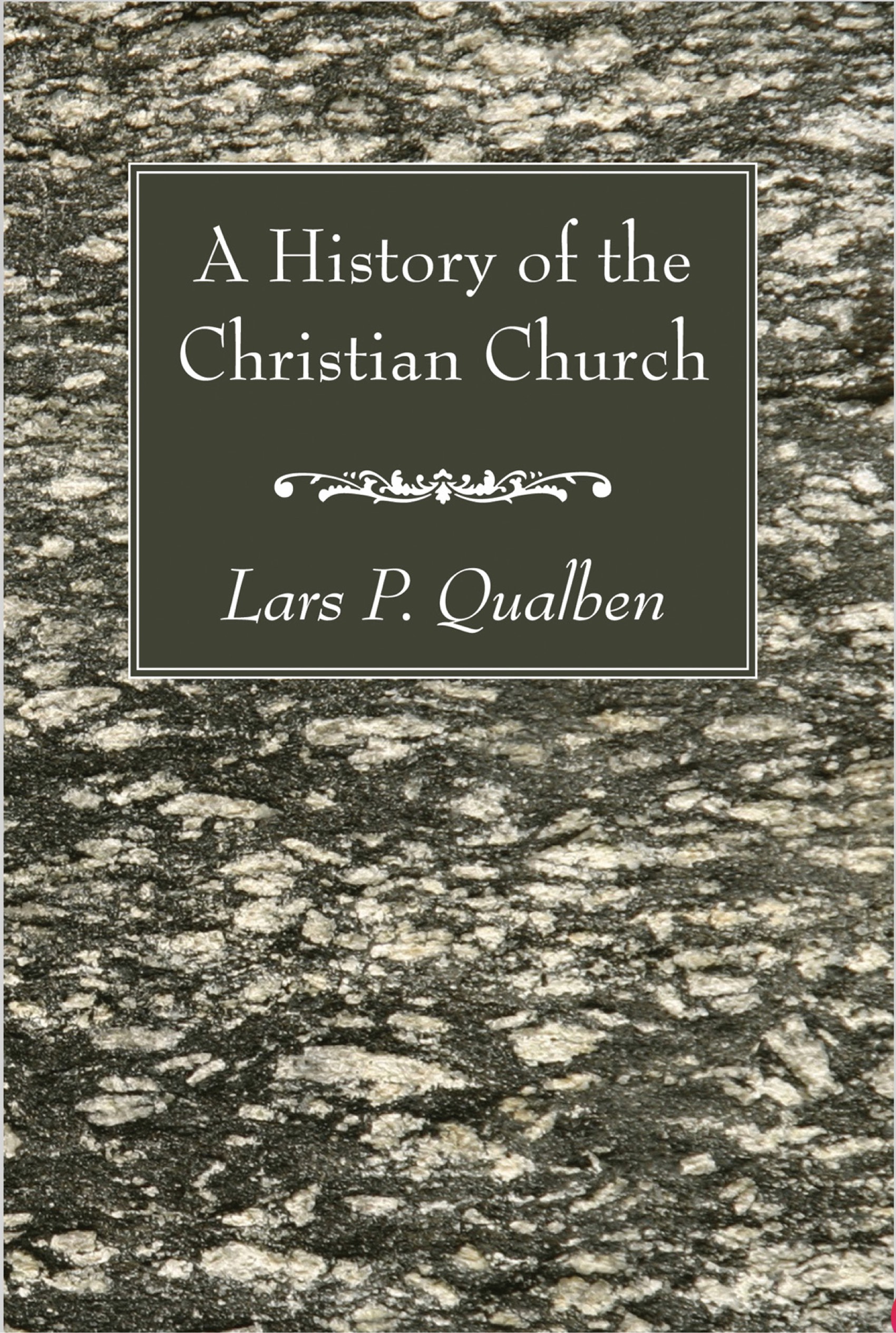A HISTORY OF THE CHRISTIAN CHURCH
The book A History of the Christian Church by Lars P. Qualben provides a comprehensive chronological account of the development of Christianity from its origins to the mid-20th century. Here’s a concise summary:
Overview and Structure
The book is structured into four major historical periods:
1. The Ancient Period (A.D. 1–590) – Covers the emergence of Christianity, the Apostolic and Post-Apostolic eras, through to the development of the early Church and the formation of key doctrines and structures.
2. The Medieval Period (A.D. 590–1517) – Discusses the rise and peak of Papal power, the Crusades, monasticism, and the beginnings of reform movements.
3. The Modern Period (1517–20th century) – Begins with the Protestant Reformation, exploring Lutheran and Swiss Reformations, the English Reformation, Radical reformers, and the Catholic Counter-Reformation.
4. The Church in the New World – Focuses on Christianity in North America, including colonial religious development, denominational growth, and church-state dynamics in the United States and Canada.
Key Themes
• The organic link between the Old Testament religion and Christianity.
• The evolution of church structure and doctrine, including early ecumenical councils and theological debates.
• The influence of cultural and political contexts, such as Roman law, Greek philosophy, and European statecraft, on the Church.
• The conflicts and reforms within the Church, leading to denominational diversity.
• The spread of Christianity globally, especially missions and Church unity efforts.
This textbook-style work aims to be fair across denominational lines and is organized into lesson units, making it accessible for educational settings. It emphasizes Christianity’s deep influence on civilization, portraying it as both a spiritual movement and a socio-cultural force.
